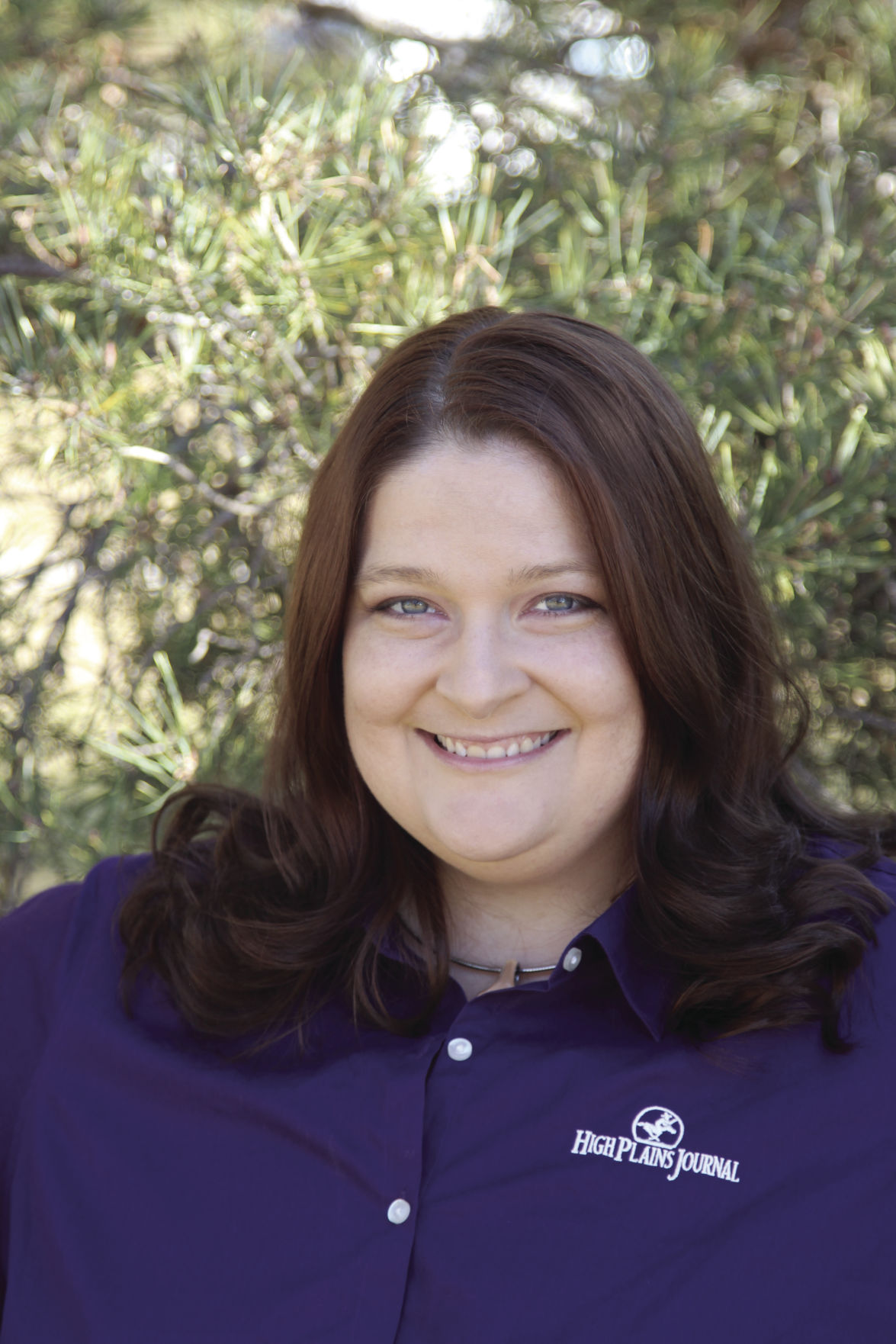It’s kids and cute calves season on Facebook. There’s nothing quite as adorable or Instagram-worthy as seeing little kids posing with the first calves of the season. Those are the moments when the cattle bug takes over.
But there’s more to the stories than what a photo can capture.
It’s been more than 30 years, but I can still remember that excitement. It’s almost like Christmas for farm kids. Get home from school, throw on your chore clothes, and head out to the barn to find your folks and see the new calves. Help warm up any newborns that had the less-than-good-sense to be born in the midst of freezing temperatures or blizzard conditions. And fight over who gets to name and feed the unlucky bottle calf abandoned by its mother.
It’s exciting for farm kids, but maybe not so much for farm parents. Looking back I realize calving season was anything but a photo session for my dad. He spent long cold days in grody coveralls crusted with every type of barnyard stain you can imagine, checking and feeding cows and praying for easy calvers and easier weather. And in the few cases when those prayers weren’t answered, he was there to ease a new life into the world as best as he could.
There were battles he won and battles he lost. Not everything was photo-worthy.
Every year there was at least one calf that got a special truck cab ride to the house, where it would get the royal warming treatment. Mom would get the beach towels and old blankets out, and we kids would take turns rubbing the calf dry. One of my treasured photos is of me as a 6-year-old in blonde pigtails with my older brother. We’re crouched down and using old beach towels to dry off a newborn heifer calf that was born during a snowstorm and nearly froze before our dad found it and brought it inside.
We sat up with that calf for most of the night in front of an old propane heater. Dad warned us not to get our hopes up. He said it would take a miracle, but at least we were doing what we could to help the little one have a chance. Eventually, we got that little heifer to stand, and she went back to the cow. And that miracle heifer wound up being a pretty good cow herself the rest of her days in the herd.
Now that I’m an adult I appreciate the stories behind the photos. The stress he and my mom were under was immense. Those calves represented a year’s worth of work, and the future of our family farm. Losing one was not only a punch to the gut for a man with a big heart—it was a hit to the wallet too.
And yet, he made sure to include my siblings and me in all parts of the process. He didn’t hide the battles he lost from us; he taught us that that was a part of raising cattle and being a caretaker for animals. That was his way of preparing us to appreciate the good and cope with the bad that comes when you raise livestock.
The first calf of my first show heifer was stillborn, and it broke my heart. There in the barn, as he dried my tears, Dad told me that nothing is guaranteed in this world, no matter how much we anticipate its arrival. But there’s always hope and second chances.
It was a tough lesson for an 8-year-old to learn, but it wouldn’t have been any easier at 16 or 26. Sure enough, Dad was right. The next year that cow had the stoutest bull calf of the bunch.
A little bit of faith can get you through the toughest of seasons.
Eventually, the late winter snows would give way to warmer spring days, the last cow would calve, and the chaos would wind down. And a month or so later we’d be riding with Dad in his rusty GMC pickup in the pasture checking on those cows and their calves. He’d stop the truck at the top of a rise, turn off the engine, and sit there for minutes. He didn’t say any words sitting behind the wheel. He just spent the time looking at the calves play on the green grass of the Flint Hills with a smile.
“That’s a pretty picture,” he’d say.
Yes, indeed, it was.
Jennifer M. Latzke can be reached at 620-227-1807 or [email protected].


